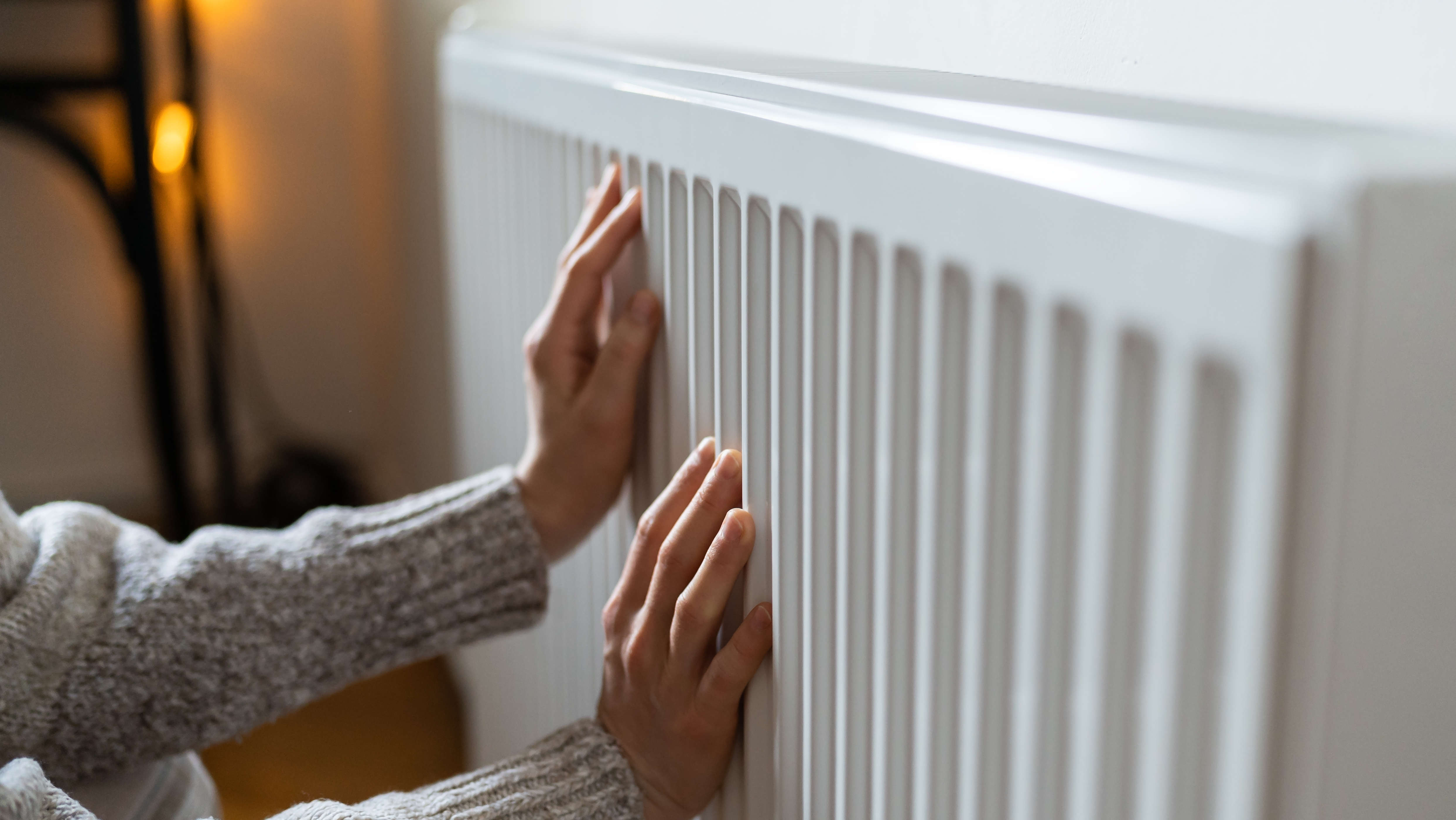
Faced with high energy prices and the cost of living crisis, we’re all trying to save money on our heating bills this winter. Turning down the heating is one option, but it’s not always recommended as it can have health implications for some.
There is another option. If you rely on radiators for your heating, it’s worth giving them an MOT. Checking on their efficiency and making a few tweaks could be all you need. If left unchecked, you could find yourself paying expensive call-out fees if problems are left untreated.
Follow our 5 top tips to get the most out of your radiators this winter.
1. Keep them clean
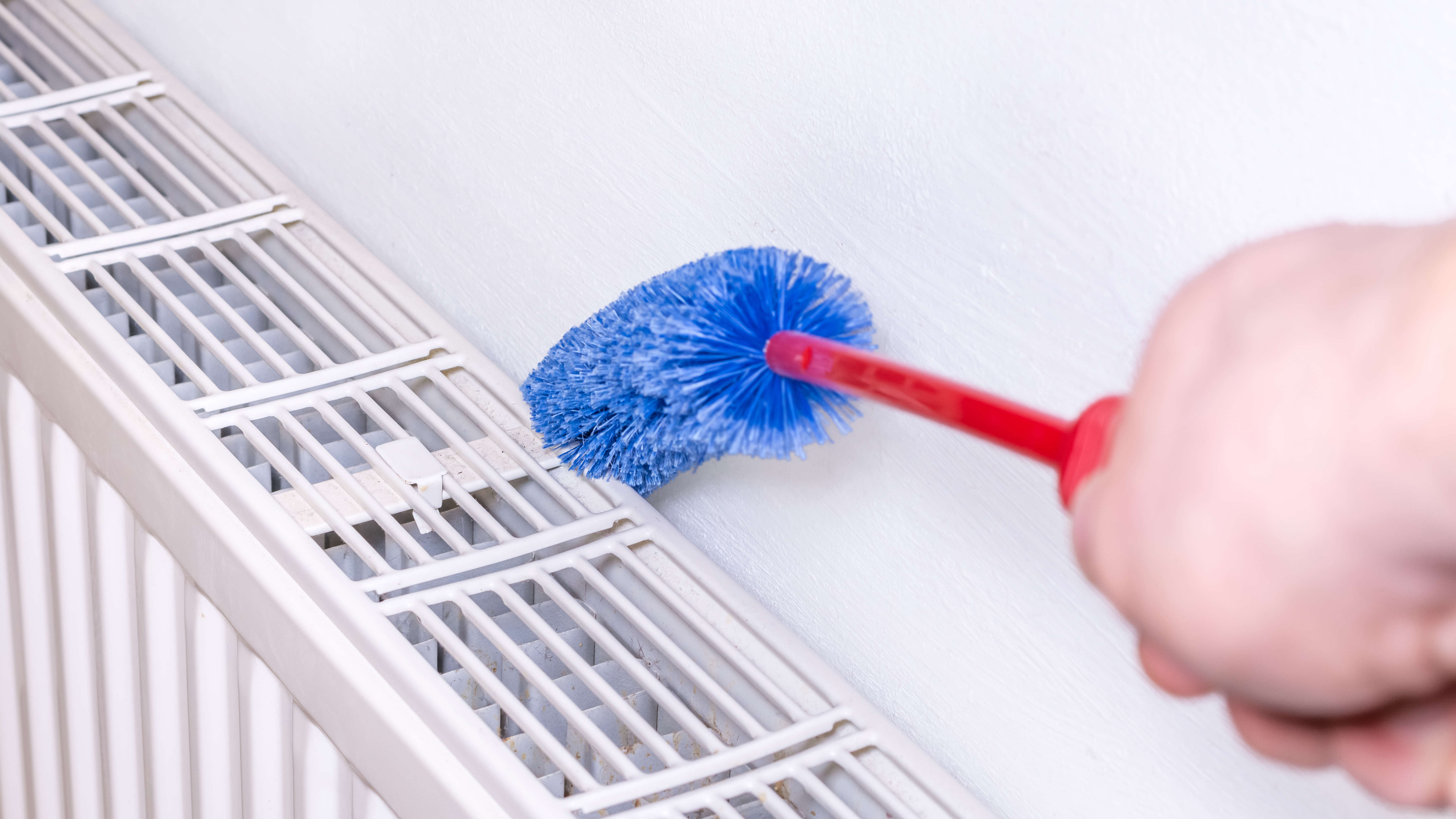
Radiators can be dust traps. The surface is easy to wipe over and clean, but if you’ve got convector radiators, the inner section is prone to gather dust that can be harder to shift.
Best Heating says you’ll have a tougher battle if you’ve got pets. Cat and dog hair can accumulate between the radiator fins and prevent it from kicking out as much heat. The hair and dust act as an insulating layer and restrict the amount of heat flow, causing your radiators to be less efficient.
The solution is to keep your radiators dust-free. Let your radiators cool down before cleaning, and then give them a vacuum around the top, sides and bottom. A radiator brush can be used to clean the dust from the interior fins. Try Home Valet's radiator cleaning brush (£10, Amazon).
Best Heating also recommends using a hairdryer to get rid of the gunk. Simply set your hairdryer to its highest setting and blast away. Wear a protective mask if you have a dust allergy and protect any carpets with a dust sheet.
2. Bleed your radiators regularly
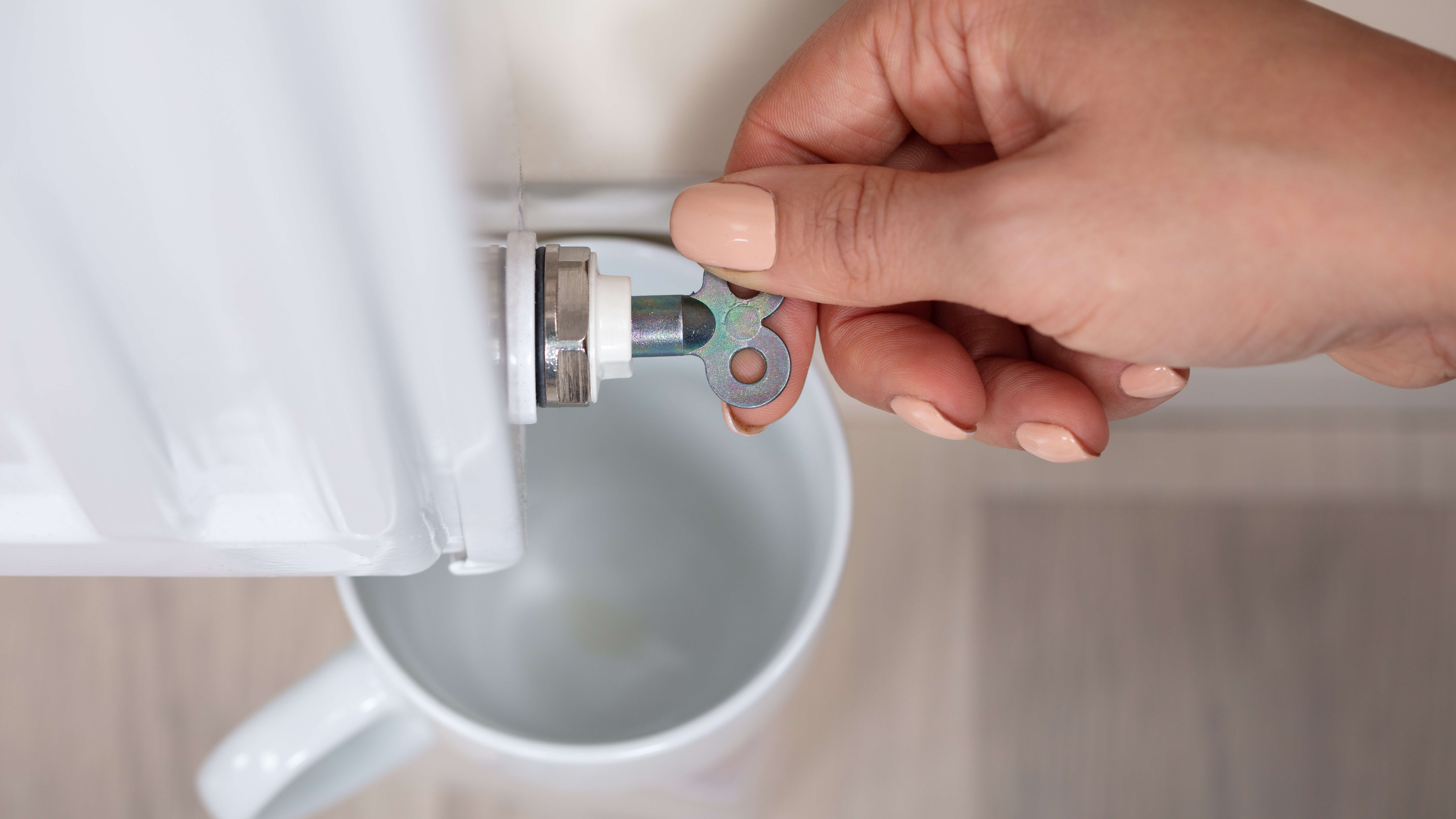
Trapped air gets inside your heating system and reduces the efficiency of your radiators. But how can you tell if your radiators need bleeding? My radiators make a distinct gurgling sound. However, it’s not always so easy to spot. Once your heating is on, check the top and bottom of your radiators. If the bottom is hot and the top is cold, it’s a sign that you’ve got air in your system and they need bleeding.
So, how do you bleed a radiator to remove air? It’s quite simple to do. Wait until your radiators have cooled down to avoid scalding yourself with water once you open the valve. Find your radiator bleed key (British Gas says a flat-head screwdriver is fine for modern radiators) and locate the valve on your radiator. Turn the valve anti-clockwise, but only slightly. Once you can hear a hissing sound you know that air is escaping. When the sound stops and water begins to come out (have a cloth or small bowl on hand to catch the water), you’ll know all the air has escaped. You can now tighten the valve and move on to your next radiator.
How often should you bleed your radiators? British Gas suggests you bleed your radiators every couple of months and after long periods without use. Bleeding your radiators will take the strain off your boiler and keep your home warm.
3. Don’t hide radiators behind curtains
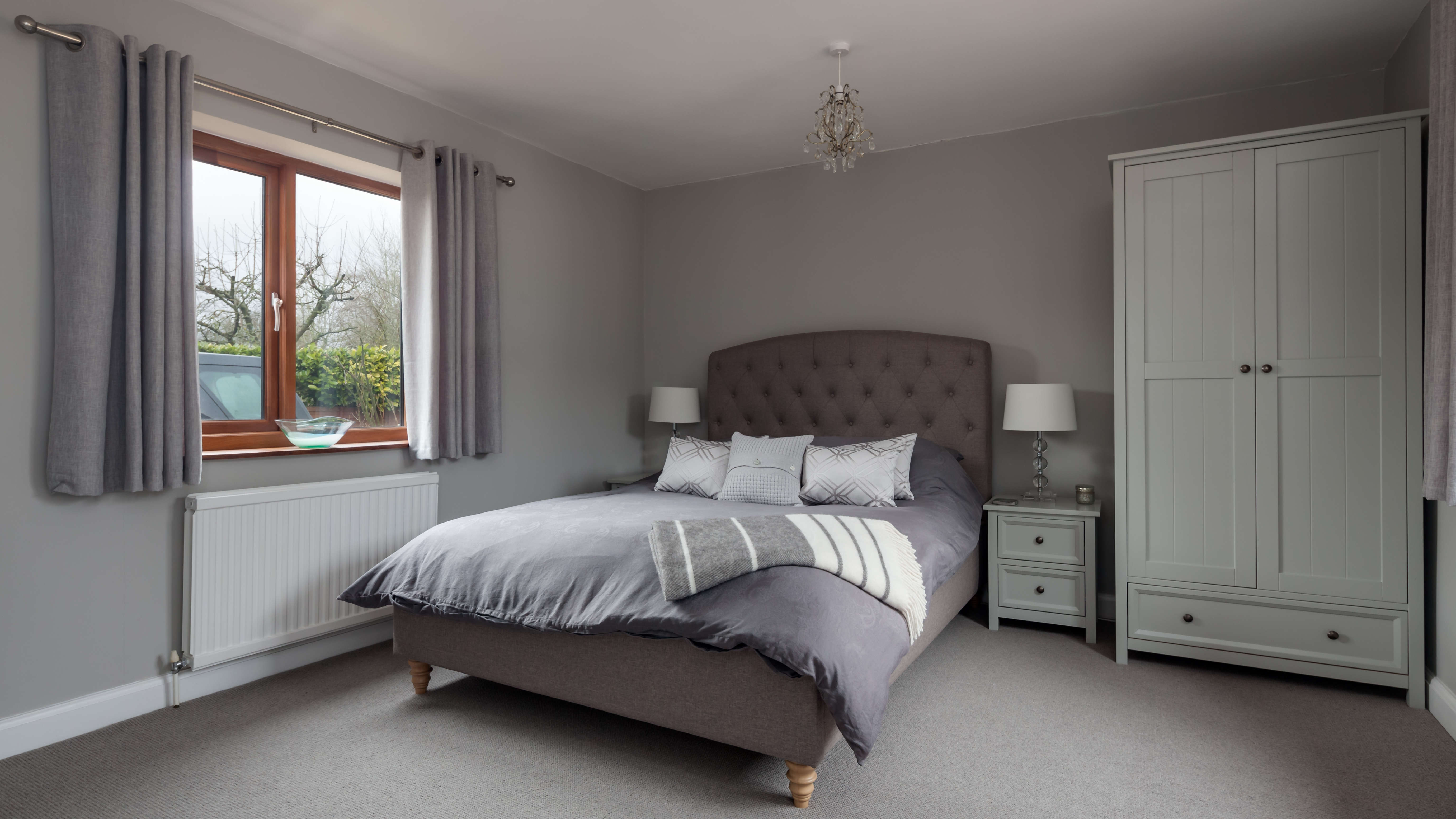
It’s quite usual to place radiators below windows, but it can cause a problem if you have curtains rather than shutters or blinds. With your heating turned on and your curtains drawn, heat is trapped on the wrong side. Rather than heating your room it warms up your walls and curtains.
I recently purchased a new pair of pre-made curtains that I planned to hang above a radiator. However, they were slightly too long and cut across the top section of the radiator blocking out the heat. I’ve since had them taken up, so they hang 2cm above the radiator, but anywhere between 2 and 4cm is a good guide.
Apart from curtains, radiators are commonly blocked by sofas and other large pieces of furniture. I’ve also previously used a wooden radiator cover with a grill pattern to hide an old, unsightly radiator. These objects will block the heat from warming the room, wasting energy and costing you more.
4. Install thermostatic valves
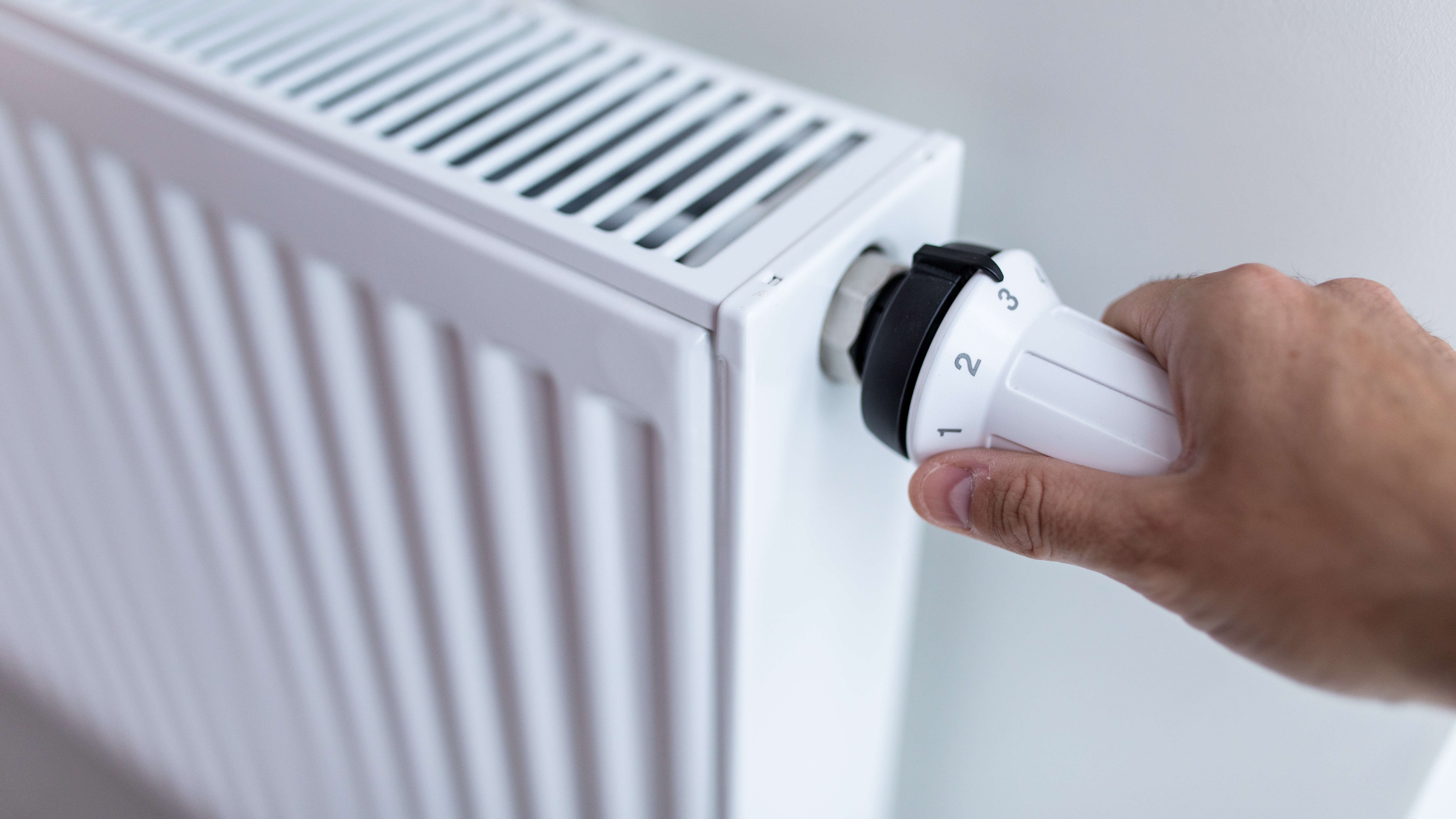
Installing thermostatic radiator valves (TRVs) is one way to get more out of your heating. Best Heating suggests they are particularly suitable for large radiators and rooms that aren’t regularly used, such as a guest bedroom. Turning down a radiator thermostat in rooms that are rarely used means you'll save energy, while keeping the heat at a sufficient level to reduce the build up of moisture and condensation.
The concept behind thermostatic valves is they give you greater control of the radiator’s temperature as you can use a dial to select a level of heat – often between 0-5. They detect the temperature in the room and adjust the flow of water from the boiler to the radiator in relation to where the dial is set, increasing or decreasing the heat.
The thermostatic valve has two parts. The first part is the thermostatic valve head that includes the dial. The second part is the valve body, which is attached to the pipe extending from the boiler to the radiator. British Gas explains that when the room temperature changes, the head expands and a pin moves into the valve body. If the temperature is too hot, the valve closes, stopping any hot water reaching the radiator. If it’s too cold, the valve opens and lets more hot water in to achieve the set temperature.
5. Use reflectors
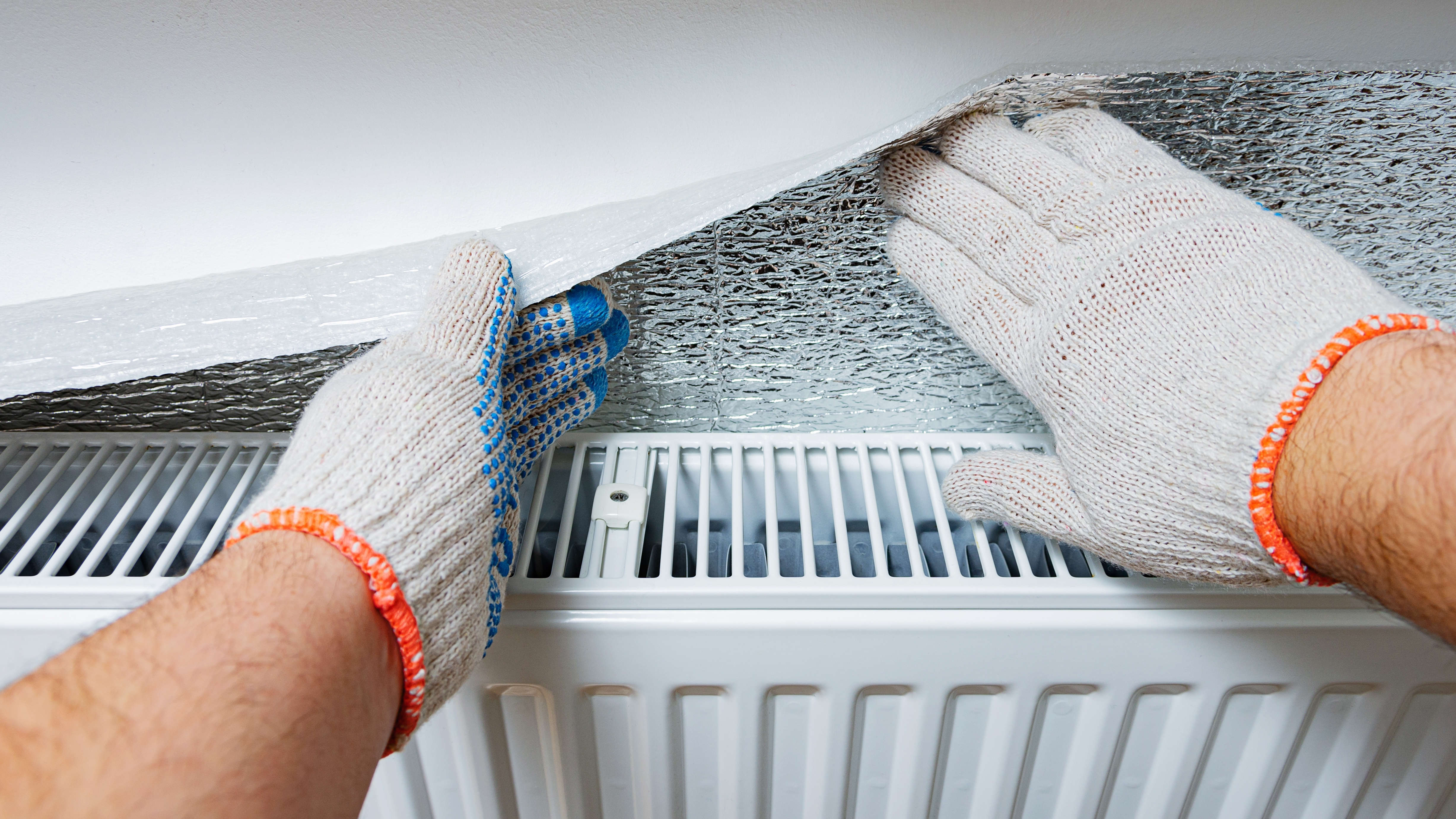
Radiators spread heat from the front and back, meaning that 50% of the heat targets the back of the radiator, where it is fixed to a wall, and is absorbed by the building material.
Placing a reflective material behind the radiator can prevent heat loss by reflecting it into the room. This will reduce the time your radiator needs to be on, and if you have a thermostatic valve, the temperature it is set to.
Adding reflective material is also a low-cost option that you can fit yourself. However, the Energy Saving Trust says it's not worth adding if you have cavity wall insulation. Radflek has a pack of 3 insulation sheets, which are quick and easy to install ($28, Amazon).
With a little bit of know-how and a few DIY fixes, there’s lots of ways you can improve the efficiency of your radiators and gain a house that is heated just how you want it while saving energy.







